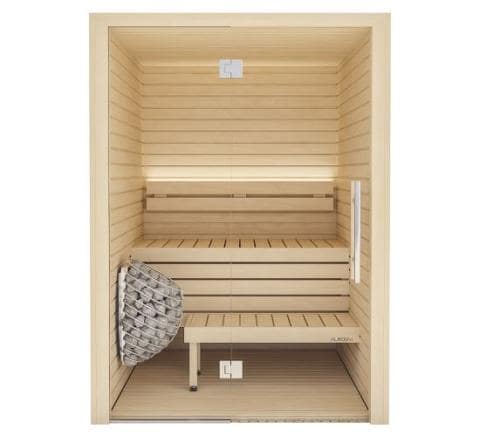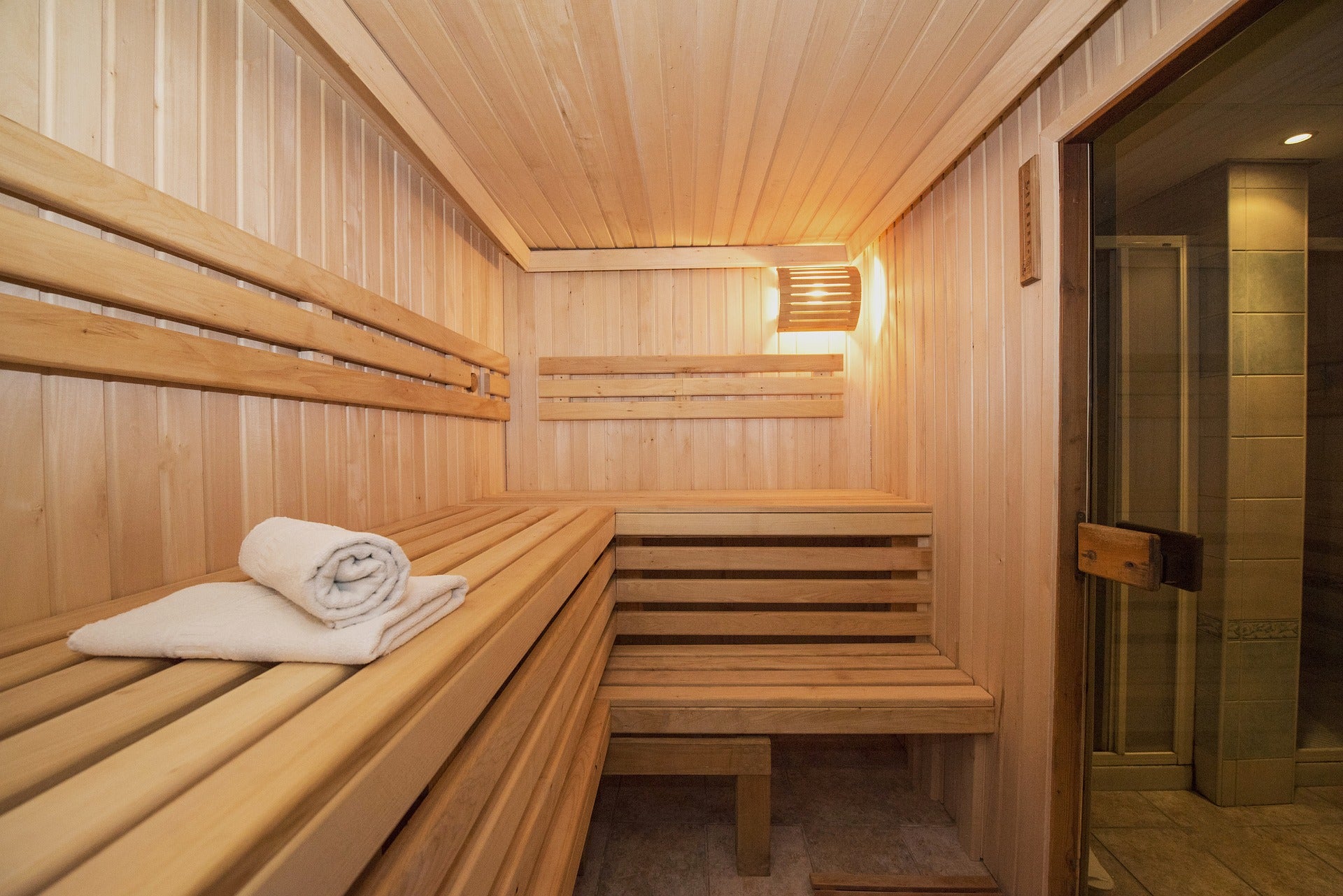The smart Trick of Traditional Sauna That Nobody is Talking About
Wiki Article
How Traditional Sauna can Save You Time, Stress, and Money.
Table of ContentsTraditional Sauna Can Be Fun For EveryoneThe Ultimate Guide To Traditional SaunaThe Single Strategy To Use For Traditional SaunaExcitement About Traditional SaunaFacts About Traditional Sauna Revealed
Many of the weight shed in a sauna is water loss and is re-gained upon rehydrating. Without a doubt sauna can be an important part of a healthy and balanced weight loss program. To look at the distinctions between standard and IR saunas, I will divide these into verifiable, academic, and fabricated differences.Hence, the hottest factor in the saunawhich goes to the ceiling straight above the sauna heateris generally in between 185 and 190 F. Claims that a typical sauna goes beyond 200 F is simply not real and not relevant for electric saunas sold in the United States. The temperature for a far-infrared sauna is generally established between 120 and 140 F; nonetheless, unlike the traditional sauna, the objective in and IR room is not to achieve a heat.
As a result of this, the temperature level difference is virtually irrelevant, considering that profuse sweating causes both sauna types, however the approach of heating up the body is different. In an IR sauna the bather will feel hot and will sweat a lot, but at much reduced temperatures (Traditional Sauna). Therefore, if the objective is to spend longer periods of time in the sauna, the IR sauna is a good selection
When a standard sauna has actually been correctly warmed, the sauna wall surfaces are warm, the air temperature has actually attained established temperature and the rocks are very warmed. As an intriguing side note, the heated walls and the rocks are emitting far-infrared warm, integrated with the warmed air, to develop an "enveloping heat".
The 5-Minute Rule for Traditional Sauna

When the high temperature is accomplished, the elements cycle on and off to maintain the heat. Most traditional sauna customers enjoy putting water over the rocks to develop vapor to increase sauna humidity levels. The benefits of putting water over the rocks consist of: making the room extra comfortable, dampening the nasal flows, and enabling the use of aromatherapy by mixing vital oils with the water.

When the power enters the body, it creates the body temperature to raise and ultimately causes sweat. In an infrared sauna it's crucial for the emitters/heaters to remain on nearly constantly. Considering that there is no mass of rocks to retain warm, the sauna will certainly cool if the emitters shut off.
As stated above, the sauna bather in an infrared space intends to position himself in front of running emitters to obtain maximum take advantage of the warmth. The heating time for the two areas can be very different, relying on just how the rooms are utilized. For a typical sauna, a bather ought to enable 30-40 mins for the area to achieve a preferred temperature level and to effectively pre-heat the rocks.
7 Simple Techniques For Traditional Sauna
A well constructed sauna will usually accomplish a temperature of 150-160 F in about 30-40 minutes. For hotter temperatures, directory the area might need to heat for a longer duration.

Standard saunas tend to be bigger (hence utilize even more electrical power) than infrared saunas, although typical saunas are definitely readily available in one and two individual dimensions. For a two-person conventional sauna, 5x6 or 5x7 dimension is most preferred. The leading bench can conveniently seat 2 or 3 people and is likewise enough time to rest throughout the sauna session.
A Biased View of Traditional Sauna
The ordinary price per kWH of electrical energy in the U.S. is about $0.11, so a 4.5 kW heating unit will cost approximately $.50 to run for one hour, if the heater runs constantly for one hour. Usually a sauna heating unit useful content will certainly compete 75% of the very first hour and 50% of succeeding hours on given that the components cycle once the established temperature level is achieved.
There is a rarely discussed distinction in the social experience between the 2 spaces. While our culture has actually shed some of the social advantage of the standard sauna experience, it can be extremely socially rewarding (Traditional Sauna). From family members time in the sauna, to heart-felt conversations with loved ones, to sauna partiesthe traditional sauna experience can bring about intimate interacting socially
Traditional Sauna for Dummies
Most higher end infrared spaces consist of tinted light treatment, sound systems and full-glass fronts.Report this wiki page